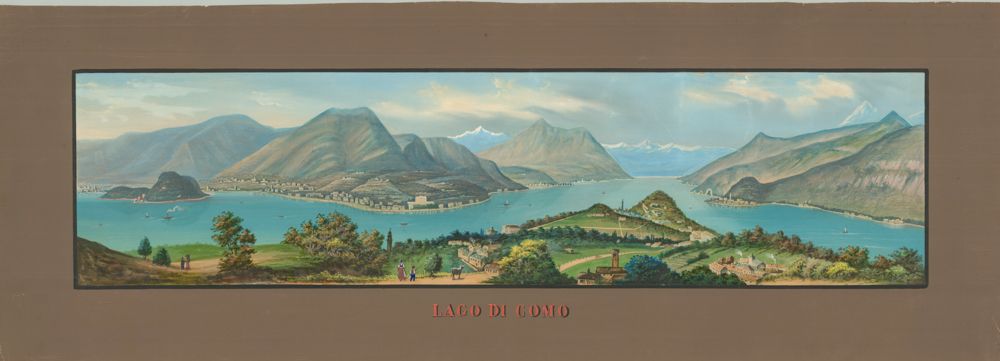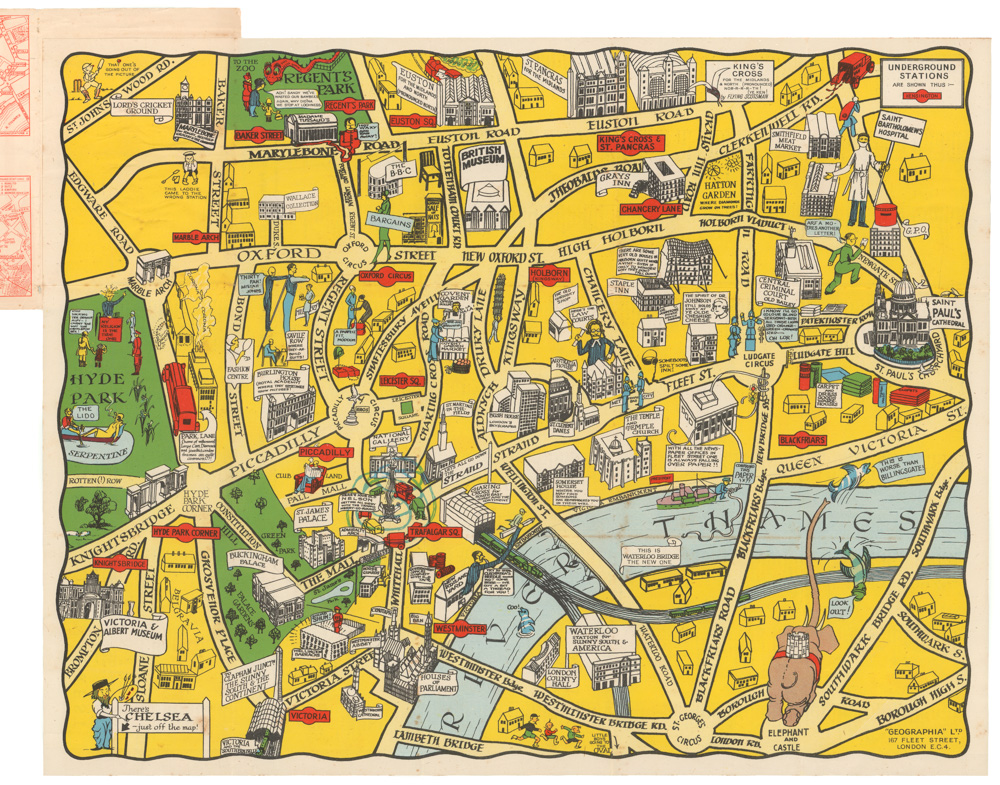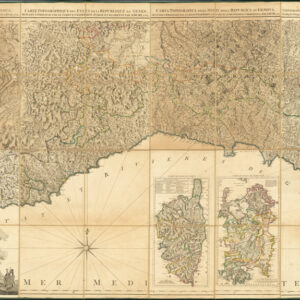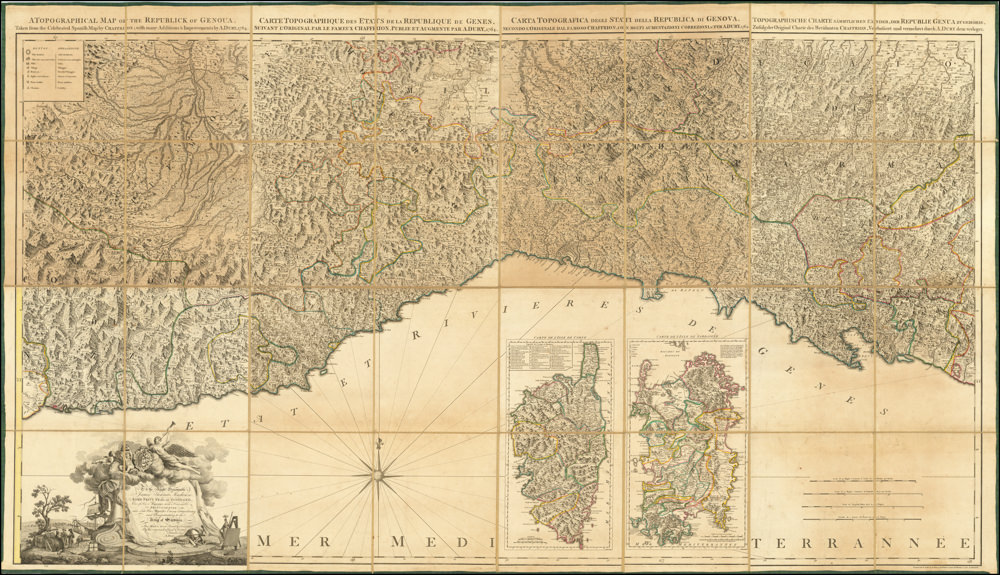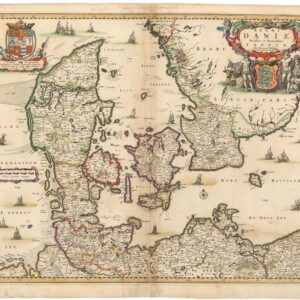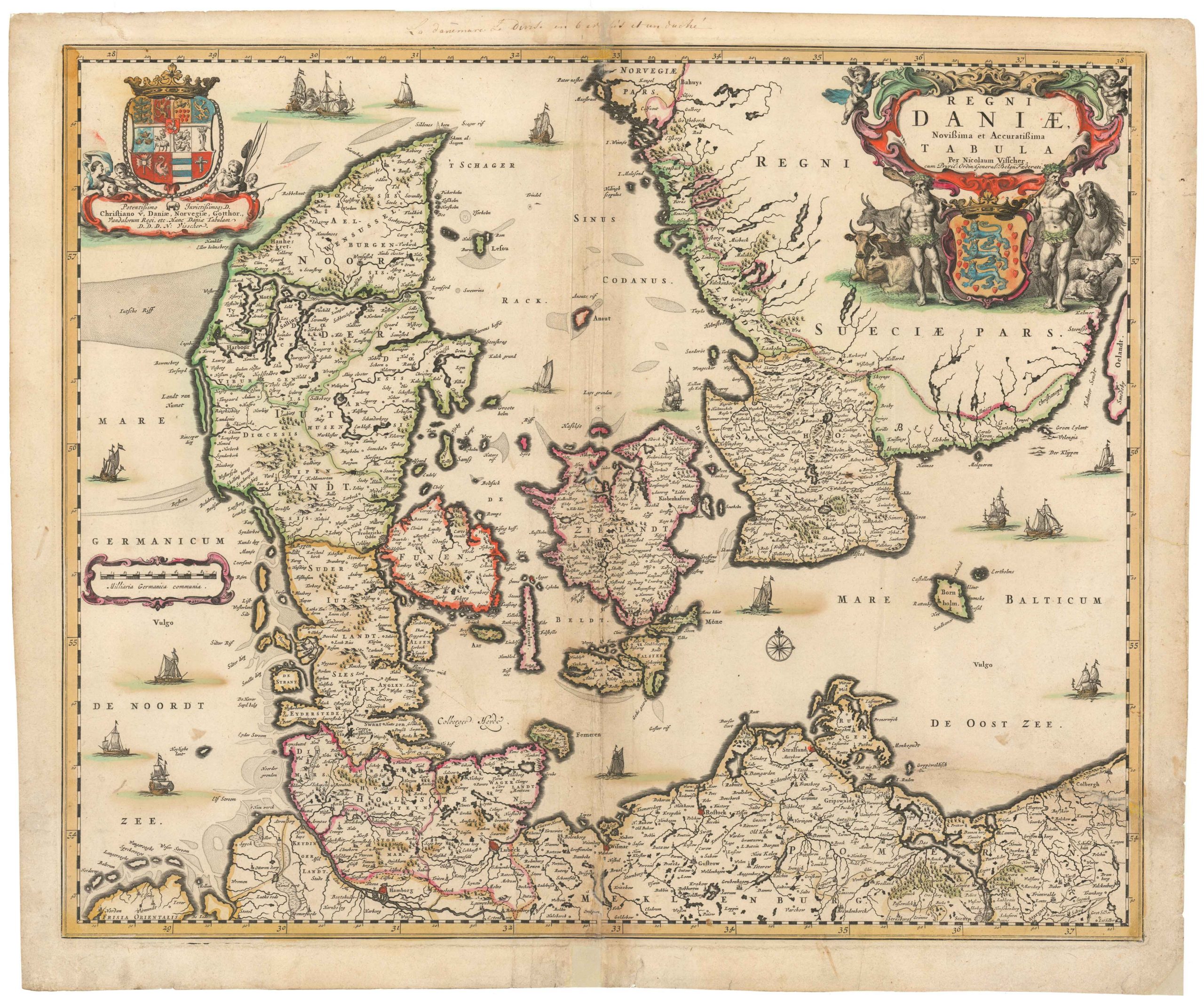A bilingual early 18th century travel and infrastructure map of the Austrian Empire’s riviera.
Strassen-Karte des Königreich’s Dalmatien. 1831
Out of stock
Description
Folding case map depicting the Kingdom of Dalmatia as a crown land of the Austrian Empire (1815-67). It features tables and legends in both German and Italian and in essence represents the heyday of the Austrian Empire, before its amalgamation with the Kingdoms of Hungary and Croatia in 1867.
While the map is explicitly focused on Austria’s royal domain, the border of which is clearly delineated in green, the map also features the inland buffer-zones of Turkish Croatia, Bosnia-Herzegovina, and Montenegro. Further east, we find the realm of the great Ottoman Sultan. The mapmaker has included excellent detail, with all of the many coastal islands, inlets, coves, and lagoons meticulously charted and labeled. The main part of the map is nevertheless the littoral and its associated infrastructure, including: cities, towns, castles, road-inns, monasteries, and post offices.
As indicated in the title, particular emphasis has been given to roads. Along the bottom of the map we find several tables in Italian denoting distances along three different types of roads (main roads, commercial roads, and provincial roads), and on the map itself, the main postal roads have been marked in red subsequent to the printing. In the lower left corner we find an extensive legend in German and in the upper part of the map, flanking the title cartouche on both sides, are another two tables in Italian listing the main rivers (right) and lands subject to flooding (left). Throughout the map, territorial borders are marked in different colors.
While a road map from 1831 seems almost anachronistic, there were good reasons to commercialize the mapping of roads and infrastructure in this region. The Austrian Empire was created by proclamation from the collapsing Habsburg Monarchy in 1804, but was not consolidated until the end of the Napoleonic Wars in 1815. Having been born from the ashes of the Holy Roman Empire and the Habsburg Monarchy, the Austrian Empire constituted a powerful Central European entity that was composed of multiple ethnicities, nationalities, and languages.
Even though it was considerably smaller than both its predecessor and the Austro-Hungarian Empire that it would eventually grow into, its governance extended along most of the Croatian coastline. As the Empire’s only access point to the sea, Dalmatia soon became Austria’s maritime gateway to the world. But even with trade and infrastructure as the driving economic interests, the region also became one of the first European coastlines to experience a consistent tourism boom each summer, when many of the largely landlocked empire’s inhabitants flocked to the Adriatic. The repetition of this pattern soon prompted the development of a dedicated and highly lucrative tourist industry; one of the first in the world.
Whether you were looking for the best route to transport imported goods inland from the harbors in Spalato (Split), Ragusa (Dubrovnik), or Zadar, or perhaps simply yearning to find your way to the beaches in summer, this map provided the best overview available on the market.
Cartographer(s):
Condition Description
Segmented and laid on line. Original slipcase.
References

